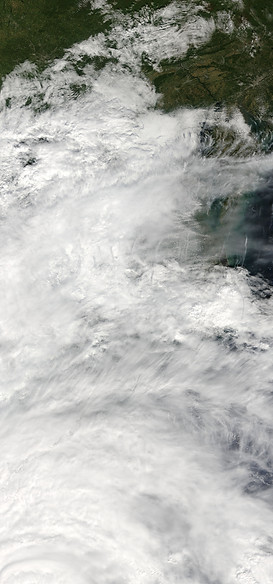
IMPACT ON DISASTER RISK REDUCTION
GEO supports disaster risk reduction by improving coordination of Earth observations for disaster forecasting, mitigation, management and recovery, in line with the Sendai Framework and to support countries to incorporate Earth observations into their national disaster risk reduction strategies.
In 2017, the United Nations Office for Disaster Risk Reduction (UNDRR) Sendai Framework Data Readiness Review assessed the readiness of countries to report against the targets of the Sendai Framework. Produced with input from the GEO community, the Review highlighted the role that Earth observations can play in the reduction of disaster risk, and the value that Earth observation-derived monitoring and methodologies have within the Sendai Framework.
The development and strengthening of the partnership between GEO and UNDRR has been a key focus for the GEO Secretariat. In addition to the inclusion of language relating to Earth observations and GEO in the Sendai Framework Data Readiness Review, UNISDR representatives have expressed their Sendai-related requirements as input to GEO work programme activities and invited the GEO Secretariat Director to be a member of the Global Assessment Report (GAR) Advisory Board.
About the image: Visible image of Major Hurricane Matthew taken from NASA's Terra satellite on Oct. 7 2017 as it continued moving along Florida's East Coast. Matthew was a Category 3 hurricane at the time of this image. Credit: NASA's Goddard MODIS Rapid Response Team


"Providing a historical record of changes to the Earth – such as land use change, flood, drought and other aspects of disaster – Earth observations can be combined with demographic, statistical, and other data, to support data-driven decision making and action across government institutions and programmes.”
- Sendai Framework Data Readiness Review 2017


